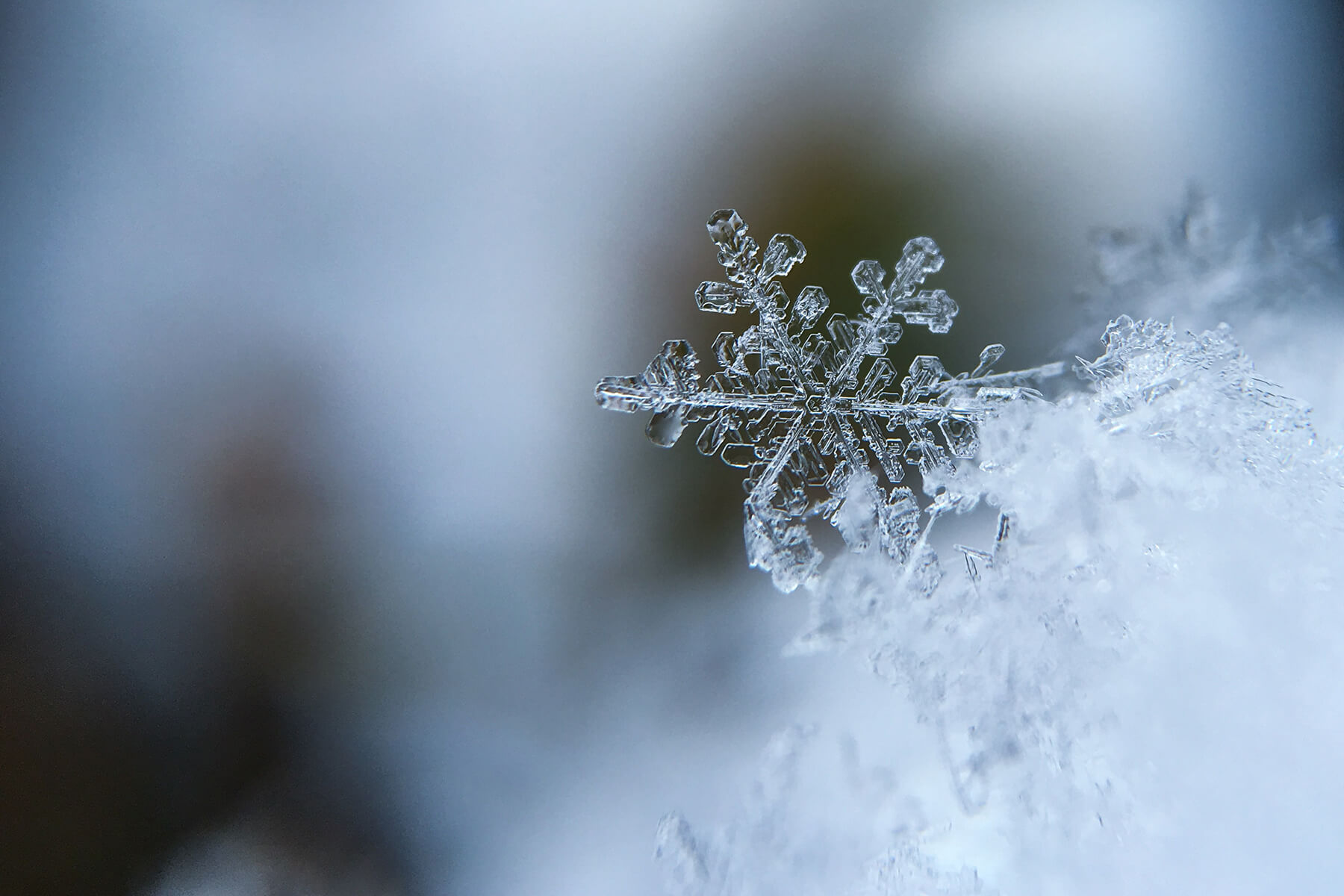
With this super-cold weather hitting Portland these past few weeks (and will still be here for a while, we’re sorry to say), do you know how to winterize your home? While it’s true that it’s better to do these things before the cold hits, doing them now (if possible) is much better than not doing them at all. Here’s how to protect your home from the cold.
Air Conditioning
Clean the Condensing Unit
If it’s not too cold to use your hose, that’s the easiest way to clean your condensing unit (see plumbing section below). If you can’t use your hose, a bucket of water and a rag will work just fine. clean the fan blades and condensing coils of the outdoor condensing unit of your air conditioner.
Cover Air Conditioning Units
Cover your condensing unit with a breathable waterproof cover. This will significantly extend the life and performance of the condenser unit. Buy something similar for any window air conditioning units that can’t be removed (if they can be removed, that’s the best option).
Furnace
Get an Annual Check-Up
One of the most important ways to winterize your home is to have your furnace inspected to make sure that it’s in good shape and ready for the cold. The technician (choose one certified by the North American Technician Excellence program) will make sure your furnace is clean and will also measure carbon monoxide. A check-up will hopefully ensure that you won’t be in line for a repair during the coldest days of the year.
We recommend Manfort Heating (503-720-5105) and L&J Heating and Cooling (503-263-4663).
Regular Maintenance
Throughout the winter, make sure you perform these regular maintenance items on your furnace:
- Clean or replace the filter (preferably a pleated, rather than flat, one).
- Check the blower belt and and replace frayed or cracked ones.
- Make sure the vents are open and cleared of obstructions.
- Make sure the flue to the outside is clear of obstructions. Remove the cap, look through the flue to the outside, and make sure to replace the cap securely.
Plumbing
Plumbing and piping are especially prone to problems in cold weather, so they are especially important items when you winterize your home. Burst pipes can lead to flooding and some of the most expensive home repairs.
If you have any exposed pipes in uninsulated spaces, like a crawlspace, attic, or outside walls, you should wrap them with electrical heating tape and then add foam insulation. This will protect them from getting too cold and bursting.
Exterior faucets need to have their water supply turned off inside the house, if they have an indoor shut-off valve (newer homes are more likely to have this feature). You also need to drain water from outside faucets and hoses (be sure to disconnect them and store them for the winter). You should also buy insulated covers for your faucets.
Windows and Doors
Windows
Check your windows for air leaks—you can just feel around them with your fingers. Or you can check for leaks with an incense stick. If the smoke is anything other than vertical, you have a leak.
Air leaks are typically found where the window is hinged, slides, or meets another panel (like double-hung windows).
You can tape plastic to the windows to seal them, but let’s be honest—it looks pretty bad. The best option is to use inexpensive caulk to seal all the little spots where air is leaking inside.
Doors
Install weather stripping on the sides and bottom of the door to stop leaks.
Roof
Repair missing or damaged shingles, which could allow water to leak in during storms. Check flashing around chimneys and other roof projections, which also are frequent sources of roof leaks.
Make sure your gutters and downspouts are clean. Leaves and debris that get snow and water on them can add significant weight to the gutter, increasing the possibility of damage to your roof or siding.
Add extensions to downspouts so the water runs at least 3 to 4 feet away from the foundation.
Winterize Your Home for the Cold
We hope this helps you make your home cozy and ready for the cold weather, both this year and in the future. Remember, a little preventative maintenance will most likely save you a huge headache down the road.
Here’s a quick summary of what you need to do to winterize your home:
- Clean and cover your air conditioning condenser and window AC units
- Get an annual furnace check-up and check (and replace, if needed) blower belts, filters, flues, and vents on a regular basis
- Insulate exposed pipes and winterize outdoor faucets to prevent bursting
- Check windows and doors for leaks and fix them
- Check your roof for missing or damaged shingles, clean gutters, and add downspouts
